Search
Search Results
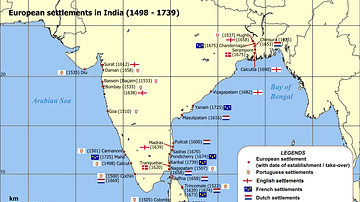
Article
The English and Dutch East India Companies' Invasions of India
In the early 17th century, the Dutch and English East India Companies turned their eyes towards India, as part of their grand schemes to develop extensive trade networks across the Indian and China Seas. They were faced with two significant...
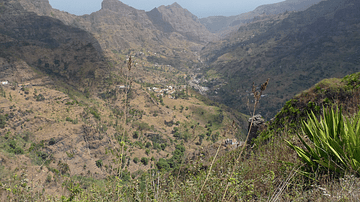
Article
The Portuguese Colonization of Cape Verde
The Portuguese colonization of the Cape Verde (Cabo Verde) Islands began from 1462. Initially envisaged as a base to give mariners direct access to West African trade, the Central Atlantic islands soon became a major hub of the Atlantic slave...
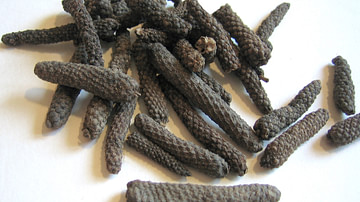
Article
Middle Eastern Power Shifts & the Trade of Pepper from East to West
Pepper has long been the king of spices and for almost 2,000 years dominated world trade. Originating in India, it was known in Greece by the 4th century BCE and was an integral part of the Roman diet by 30 BCE. It remained a force in Europe...
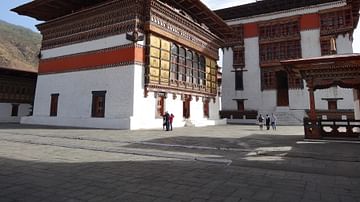
Article
Bhutan: Land of the Thunder Dragon
It is a breathtaking flight with dramatic sweeps over fertile valleys and blue pine forests. You fly past Mt. Everest, Mt. Kanchenjunga and Mt. Gangkhar Puensum, which is the highest, unclimbed mountain in the world soaring to almost 7,570...
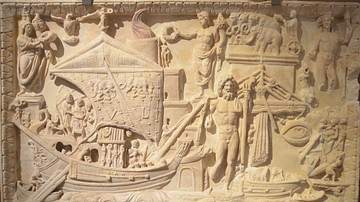
Article
Caesarea Maritima's Role in the Mediterranean Trade
Caesarea Maritima was located on the eastern coast of the Mediterranean Sea. Built from the ground up in 22-10 BCE by Rome's client king, Herod the Great (r. 37-4 BCE), its location in relation to ship traffic and proximity to historical...
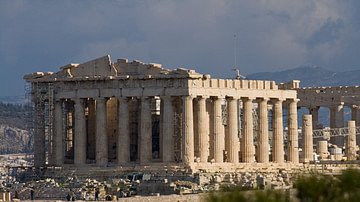
Interview
Interview with Dr. Rita Roussos
Join World History Encyclopedia as they chat with Dr. Rita Roussos. Dr. Roussos is a native Athenian who has taught archaeology and art history at the American University of Athens and is a trained archaeologist who has worked on sites like...

Image
Power Looms in a Textile Mill
An 1835 engraving by J. Tingle (from an illustration by T. Allom) of power looms in a textile mill during the Industrial Revolution. The power loom weaving machine was invented by Edmund Cartwright (1743-1823) in 1785. The machine doubled...
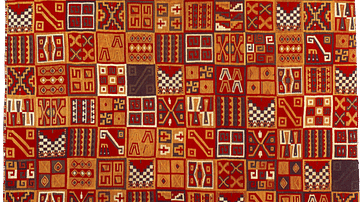
Image
Inca Tunic
An Inca royal tunic with the typical geometrical designs and colours favoured by Inca weavers. (Dumbarton Oaks Research Library & Collections, Washington D.C.)
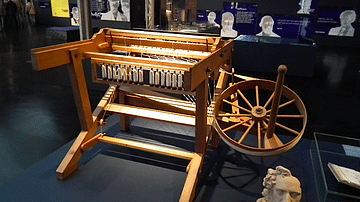
Image
Spinning Jenny, Chemnitz
A model of a spinning jenny. The machine was invented in Lancashire in 1765 by James Hargreaves (1720-1778). The machine ('jenny') was capable of spinning multiple threads simultaneously and was one of the first important inventions in the...
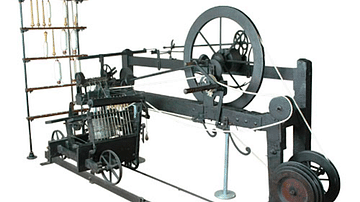
Image
Crompton's Spinning Mule
Samuel Crompton invented the spinning mule in 1779, which greatly increased the speed of spinning yarn for textile production. It made finer and more uniform yarn than previous machines and had many more spindles, up to 1,320. The invention...